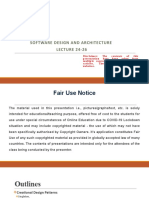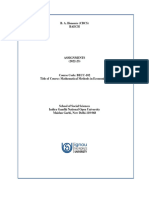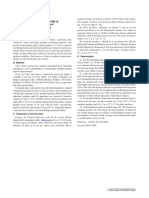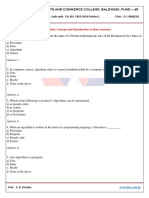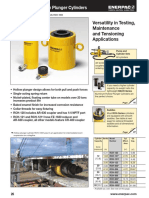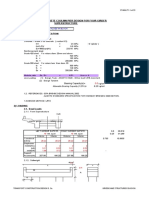0% found this document useful (0 votes)
50 views23 pagesSoftware Architecture and Design Patterns MODULE 1
The document provides an overview of software architecture and design patterns, defining design patterns as reusable solutions to common software design problems. It categorizes design patterns into creational, structural, and behavioral types, and outlines the process of describing, selecting, and using these patterns effectively. Additionally, it discusses the analysis phase of software development, emphasizing the importance of requirement gathering and specification in defining project goals and scope.
Uploaded by
bhargavahero625Copyright
© © All Rights Reserved
We take content rights seriously. If you suspect this is your content, claim it here.
Available Formats
Download as PDF, TXT or read online on Scribd
0% found this document useful (0 votes)
50 views23 pagesSoftware Architecture and Design Patterns MODULE 1
The document provides an overview of software architecture and design patterns, defining design patterns as reusable solutions to common software design problems. It categorizes design patterns into creational, structural, and behavioral types, and outlines the process of describing, selecting, and using these patterns effectively. Additionally, it discusses the analysis phase of software development, emphasizing the importance of requirement gathering and specification in defining project goals and scope.
Uploaded by
bhargavahero625Copyright
© © All Rights Reserved
We take content rights seriously. If you suspect this is your content, claim it here.
Available Formats
Download as PDF, TXT or read online on Scribd
/ 23


















































